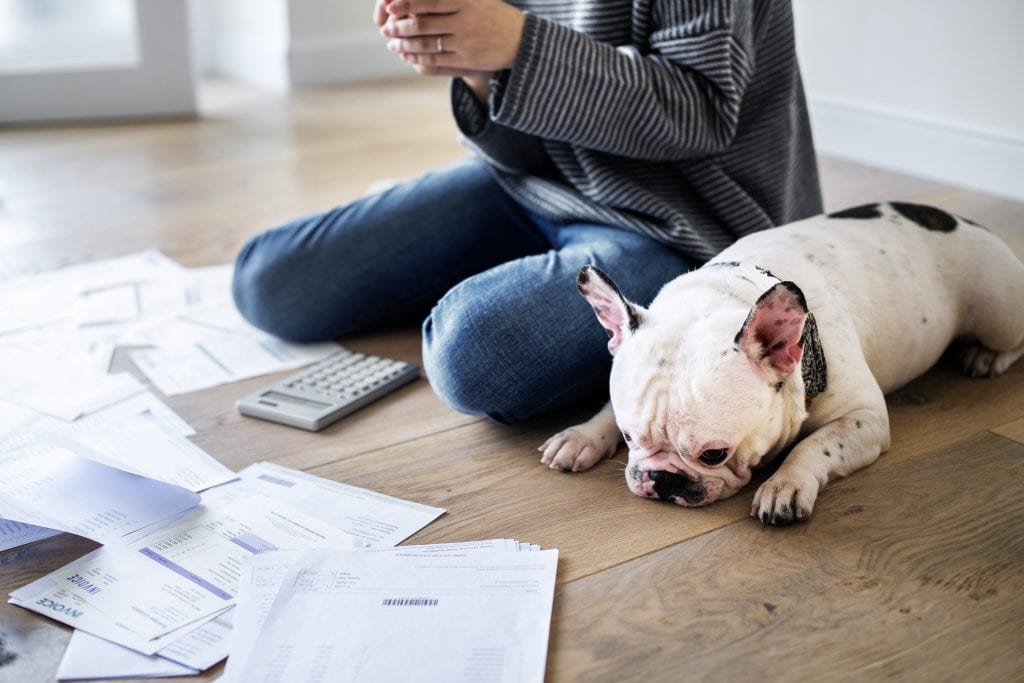When asking how to buy rental properties it’s good to realize that purchasing a rental property can be a lucrative investment. These properties can be a great source of cash flow. Moreover, you can generate value from its appreciation. Real estate Investors may get tax deductions and other incentives. If you are new in this field, you have to learn how to buy rental properties. Understand the basics of property investment. It will help you to choose the right property as well as how to buy rental properties.
See four mind-blowing truths that will prove helpful:
Contents
1. Determine the Best Location to Invest

New real estate investors try to invest in nearby rental properties. It may not be a great option in terms of profit and cash flow. You may not get positive cash flow from an expensive property.
Make sure to consider your funds before investing in the real estate market. Feel free to consult an expert to know where should I buy a rental property. Take a view of different markets before investing your money.
These must meet the following criteria:
- High demand for rental properties
- Low vacancy rates and housing supply
- Growing or stable job growth
- Population growth, job growth, and economic expansion can be useful indicators
- The average income from rental property must support its purchase price
Before investing in a property, it is essential to conduct market research. You have to find details of average income, vacancy rates, housing demands, economic growth, and average housing prices in several areas.
2. Get Rid of Personal Debts

Intelligent investors often carry debt in their investment portfolio, but this approach is not suitable for an average person. Make sure to pay personal loans, including unpaid medical bills, student loans, etc. If you have debt, purchasing a rental property can be a wrong move.
Before investing in rental property, you have to check the return from real estate. If your return is more than your debt, feel free to invest in a rental property. Avoid putting yourself in trouble by making wrong choices. Always maintain a margin for your safety.
3. Security of Down Payment

New investors often ask how much down to buy a rental property. Investment in rental properties may need a substantial down payment as compared to residential properties. These properties have stringent requirements for approval.
You may not get sufficient profit by turning your residential property into a rental property. Sometimes, you will require almost a 20% down payment. The mortgage insurance is not available for rental properties.
Feel free to get a down payment via bank financing in the form of a personal loan. Remember, down payment may depend on some factors, such as financing type and nature of your property.
Requirements for a down payment are different for traditional loans as compared to commercial loans. No doubt, it is a smart move to put almost 20% down for investment properties. If you can’t manage a down payment, you can consider alternatives. House-hacking may be the best alternative for investors.
4. Comparison Between Financing and Cash

Are you confused between buying with cash and financing an investment property? Its answer may depend on different investing goals. Cash payment may help you to generate positive cash flow each month.
For instance, a rental property of $100,000 may help you to generate $9,500 annually. You have to calculate your profit after deducting taxes and depreciation. Moreover, you will get an excellent return through financing.
A 20% down payment with a 4% compound interest on the mortgage may help you to earn almost $5,580 each year. Remember, a 27.9% annual return on property investment can decrease your cash flow.
How to buy rental properties: Final Verdict
Borrowing may be cheap, but you have to keep an eye on the interest rate. For an investment property, interest may be higher as compared to the conventional mortgage interest rate. If you want to finance a purchase, try to prefer low mortgage payments to increase your monthly revenue.
Keep an eye on unexpected costs. These can eat your profit from a rental property. Along with upkeep and maintenance costs, you will need finances to deal with emergencies. For instance, roof damage after a storm or burst pipes are some examples.
You have to set almost 20% – 30% of rental income aside. It allows you to get funds for emergency repairs.



